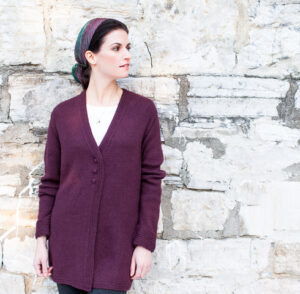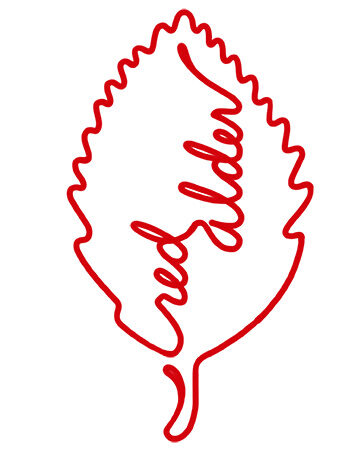Catherine Lowe
Sunday AM
Expand your buttonhole repertoire and discover unique options for buttons themselves. This class begins with suggested guidelines for buttonhole size, placement and orientation relative to the knitted fabric and the garment; a brief discussion of why these considerations are important; and how buttonholes may affect the look of the garment and its longevity. Through in-class practice, students will explore buttonhole techniques from all-but-invisible to refined horizontal. The discussion will also encompass buttons themselves — their size, shape and material; how best to attach them to the garment; what to do when the perfect button cannot be found — as well as offering some non-button alternatives for garment closures.
Skill Level: Intermediate Knitters
Students should be able to execute the following: knit long-tail cast-on, knit cast-on slip stitches, one or more at a time, through the front or back of the loop(s) k2tog; p2tog; slip, knit, psso; and slip, purl, psso decreases yarnovers: from knit to knit, purl to purl, knit to purl, and purl to knit; knit or purl into a yarnover without dropping the yarnover from the needle
Material fee: $0

Student Supplies:
Please have with you:
the two stockinette pieces you have prepared, on the needles with the working yarn attached;
an additional ±15 yards of the yarn used for the stockinette pieces;
two double points or one circular needle two or three sizes smaller than the size used for the stockinette pieces;
your regular knitting notions: tapestry needle, scissors, etc.
Homework:
Please work two pieces of stockinette as follows. When you have finished, leave the live stitches on the needle with the working yarn attached, ready to continue with the knitting. Use a smooth, worsted spin yarn in a solid, light color that knits at a sport or DK weight. Do not use roving, bouclé, variegated, tweed or novelty yarn.
For each piece of stockinette:
Cast on 30 stitches, adding selvedge stitches if you like. Work 20 rows of stockinette, ending with a wrong side row. Leave the stitches on the needle and the working yarn attached.
The choice of yarn is up to you, but please follow the guidelines above. You will need approximately 20 yards of yarn total for each piece. Use whatever size needles you need to produce a stable fabric at a gauge that is appropriate for the yarn you have chosen.
